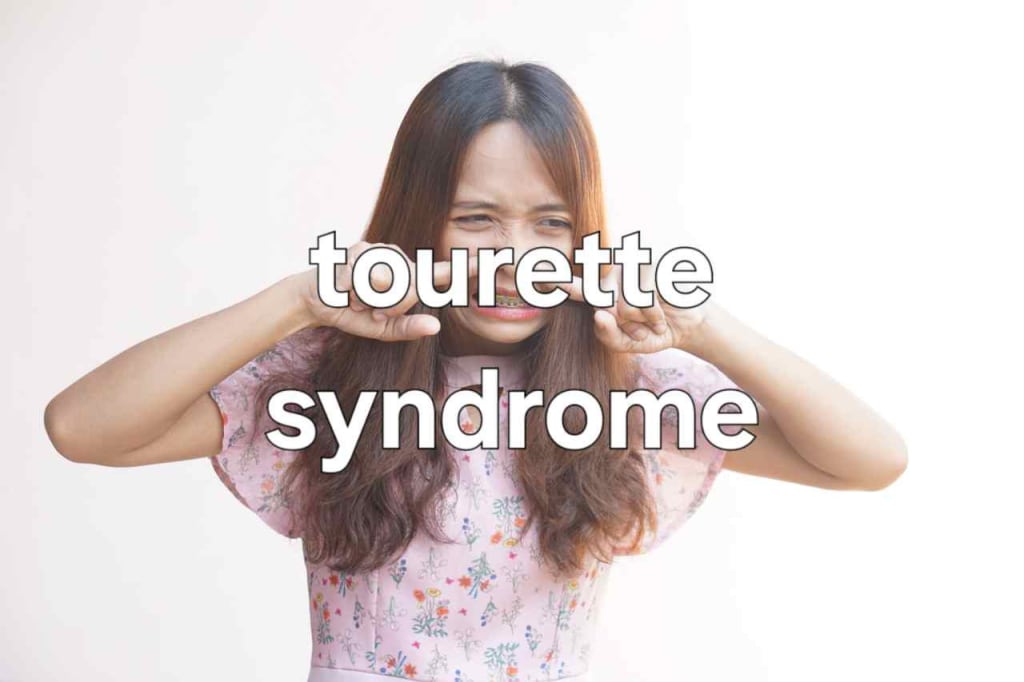
The DSM-5, or the 5th edition of the diagnostic and statistical manual, lists three major types of tic disorders: Tourette’s syndrome, which is the most well-known, persistent motor or vocal tic disorder, and provisional tic disorder. Individuals with these disorders all suffer from tics, which are quick, nonrhythmic movements or vocalizations that happen over and over, and are not caused by some other disorder like Huntington’s disease or substance abuse. For example, individuals might feel the urge to spontaneously and repeatedly clap their hands, make a facial grimace, or grunt or even perform hidden movements like moving the tongue. Although these movements might be appropriate in some situations, the fact that they are repeated even in inappropriate situations, is why they are considered abnormal.
In addition to having a tic, there are three additional criteria that are used to help classify individuals into one of the three types of tic disorders. Criteria A is the number of motor or vocal tics, criteria B is the duration of the tic disorder, and criteria C is the age of the person when he or she started having tics. For a diagnosis of tourette’s disorder, an individual must have multiple motor tics, and at least one vocal tic, however, these do not have to happen at the same time. The important thing here is that both motor and verbal tics are present. The frequency of individual tics might change over time, but they need to persist for at least one year. Finally, the tics must have started before the age of 18, and in fact they most often appear between the ages of 4 and 6. Of the three types of tic disorders, Tourette’s is considered to be the most severe. For a diagnosis of persistent motor or vocal tic disorder, also called chronic tic disorder, an individual must have either a single or multiple motor tics or vocal tics—but not both. Like Tourette’s the tics have to persist for at least 1 year and must have started before the age of 18. Finally, for a diagnosis of provisional tic disorder, an individual must have a single, or multiple, motor and/or verbal tics, but they must be present for less than 1 year since their onset, and they appear before the age of 18, Tics can be simple or complex. Simple tics are relatively short in duration, lasting milliseconds, and can include behaviors like eye blinks, which would be motor, or throat clearing, which would be verbal. Complex tics typically last longer, sometimes over a second, and are usually a combination of simple tics, like shaking one’s head while shrugging their shoulders. Complex motor tics can also include echopraxia, which is a tic-like repetition of the movements of others, as well as copropraxia—tics involving obscene gestures. Complex verbal tics can include echolalia, which is repeating the last word or phrase that they heard from others, palilalia, which is a repetition of a person’s own words or phrases, or coprolalia, which is saying inappropriate words or obscenities. Tic disorders are often most severe before puberty—between the ages of 10 and 12—and usually decrease in severity afterwards. Sometimes, individuals might notice a specific feeling or urge that occurs before the onset of a tic—like an itch before reaching to scratch. Tics also tend to become more common or more severe during periods of anxiety, excitement, or exhaustion. There is no cure for tourette’s and other tic disorders, but tics can be managed through a combination of therapy and medications. Cognitive behavioral therapy can help individuals identify triggering events or feelings that precede tics, and habit reversal training can help someone learn to do movement that are incompatible with the tics, like engaging opposing muscle groups, which would be like smiling if the tic is a frown. Since tics tend to lessen when the person is calm, reducing anxiety or depression can also help. There are also a number of medications that can be used to control tics, but these are only used in the most severe cases.
For example, antipsychotic medications such as haldol and risperidone, and some epilepsy medications can be effective, although they often cause unwanted side-effects. ADHD medication can also help some individuals focus on, and therefore control, their tics. In some severe cases, botox injections to the site of the tic can help to minimize their appearance.
In summary, tic disorders are repetitive, non-voluntary movements or vocalizations that appear before the age of 18. These tics can be simple, for example barely noticeable eye blinks, as well as complex,
About the Creator
Abeer Abbas
I am a doctor with plenty of luck, and I love of science and beauty.






Comments
There are no comments for this story
Be the first to respond and start the conversation.